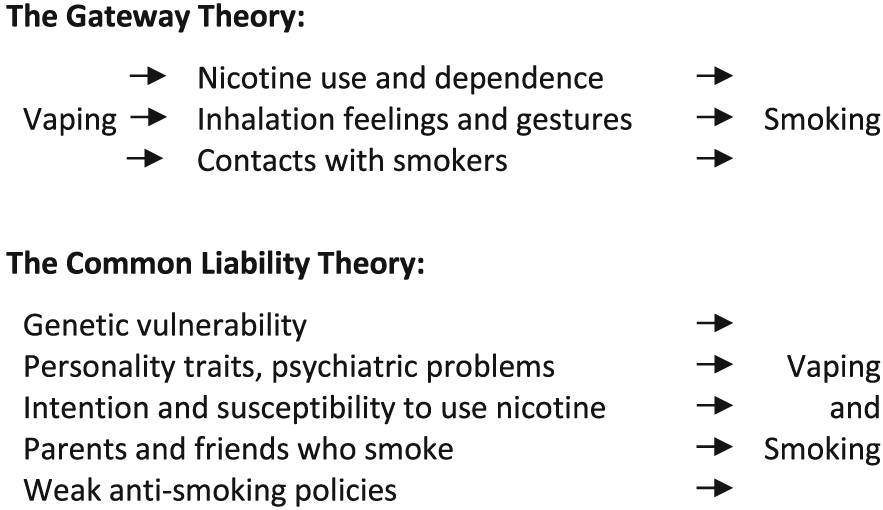November 28, 2017
I just published this article on The Conversation.
For as long as smoking has been known to cause cancer and other diseases, Big Tobacco has worked to avoid the truth about its deadly and highly addictive products.
Nicotine is the addictive drug in tobacco. Burning the tobacco generates an aerosol of ultrafine particles that carries nicotine deep into smokers’ lungs, where it is absorbed and rapidly reaches the brain. That burning yields toxic chemicals that cause disease.
Ever since people started understanding in the 1950s that smoking kills, millions have struggled to stop smoking. The tobacco companies, desperate to keep and expand their customers, have been trying to make “safer cigarettes” since the 1960s.
November 28, 2017
We just submitted this public comment on California's proposed regulations on medical marijuana labeling and formulations. A PDF of the comment which includes the graphic elements is available here.
Instructions for submitting public comments on emergency cannabis regulations: https://oal.ca.gov/commenting-on-emergency-cannabis-regulations/.
Link to CDPH Notice: https://www.cdph.ca.gov/Programs/OLS/Pages/DPH-17-010E-Emergency-Cannabis-Regulations.aspx
Link to CDPH emergency regulations: https://www.cdph.ca.gov/Programs/OLS/CDPH%20Document%20Library/DPH-17-010E_ER_RegText_Application.pdf
Comment on Proposed Regulation:
DPH-17-010E
Cannabis Manufacturing License
November 16, 2017
Daniel G. Orenstein, JD, MPH
Postdoctoral Fellow
Candice M. Bowling, JD, MPA
Postdoctoral Fellow
Stanton A. Glantz, PhD
November 28, 2017
We just submitted this public comment on California’s Bureau of Medical Cannabis Control’s proposed emergency regulations for legalized medical marijuana sales. A PDF of the comment is here.
Instructions for submitting public comments on emergency cannabis regulations: https://oal.ca.gov/commenting-on-emergency-cannabis-regulations/.
Link to BCC Notice: http://www.bcc.ca.gov/law_regs/bcc_emerg_rulemaking.pdf
Link to BCC emergency regulations: http://www.bcc.ca.gov/law_regs/bcc_prop_text_reg.pdf
Comment on Proposed Regulation
CALIFORNIA CODE OF REGULATIONS TITLE 16, DIVISION 42
BUREAU OF MEDICAL CANNABIS REGULATION
November 16, 2017
Candice Bowling, JD, MPA[i]
Postdoctoral Fellow
Daniel G. Orenstein, JD, MPH[ii]
November 28, 2017
Yvette van der Eijk and I justy published “Tobacco industry attempts to frame smoking as a 'disability' under the 1990 Americans with Disabilities Act” in PLoS ONE.
The abstract is a nice English-language summary of how the tobacco companies tried to walk the tightrope of getting smokers declared a protected class without admitting that nicotine was addictive. When they didn’t get that, they tried to “educate” employers that the law said something different than it actually said.
Here’s the abstract:
November 24, 2017
Last August (2017), the journal addiction published a paper by Jean François Etter, “Gateway effects and electronic cigarettes,” that tried to dismiss the very strong and consistent evidence that adolescents who initiate tobacco product use with e-cigarettes are more likely to go on to smoke cigarettes, the so-called “gateway effect.”
Much like past tobacco industry efforts to use the Bradford Hill criterial for causal inference to dismiss the evidence linking smoking with lung cancer, Etter came up with something analogous to the industry’s old “constitutional hypothesis” that argued that smokers got lung cancer because there was some genetic factor that both increased the risk of lung cancer can made it more likely that someone would start smoking. Figure 1 in his paper sums up his position:
